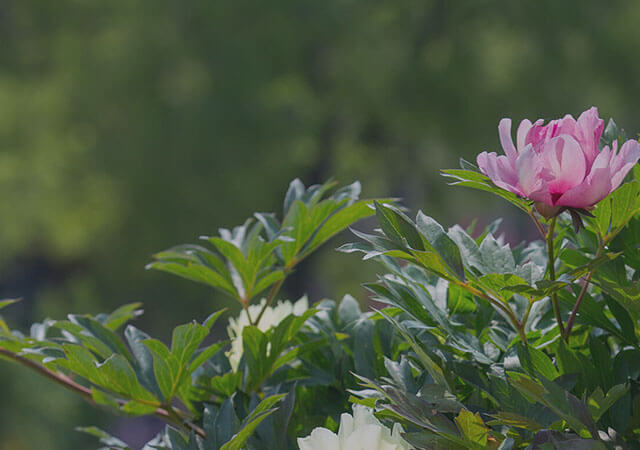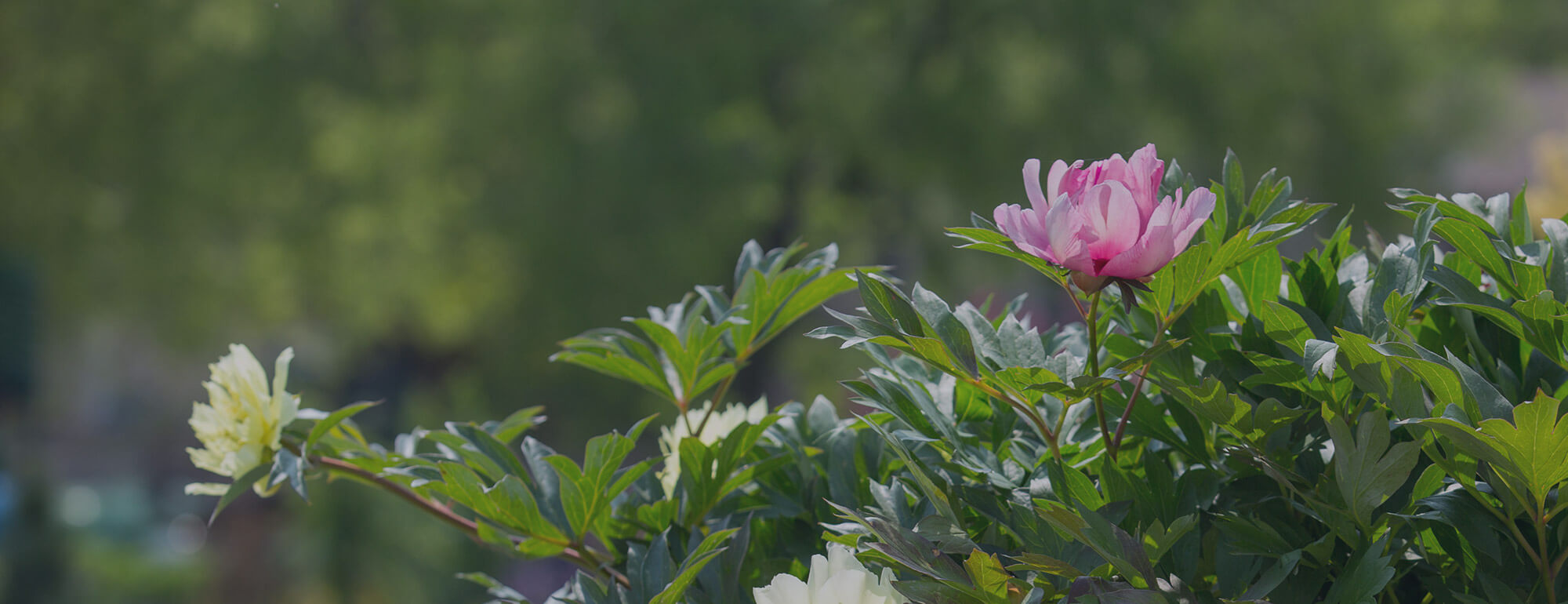Get the dirt.
Follow us on social for more ideas, inspiration and news!
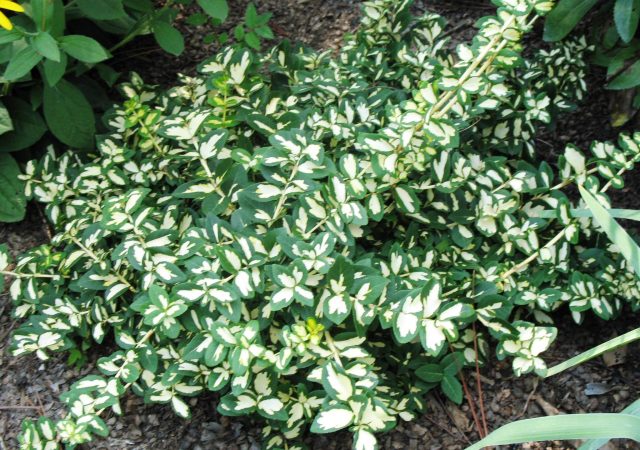
Plants 101
With over 300 plants in our database, we are sure you will be able to find something to suit your needs.
Learn More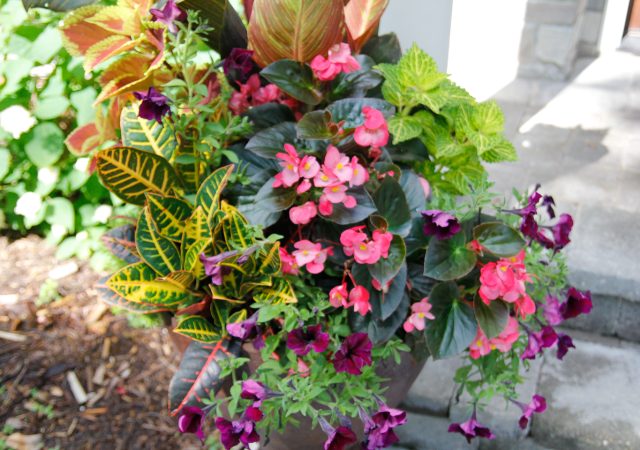
DIY Landscaping
If you’re wondering where to start a landscape transformation, check out our do-it-yourself landscaping tips.
Learn More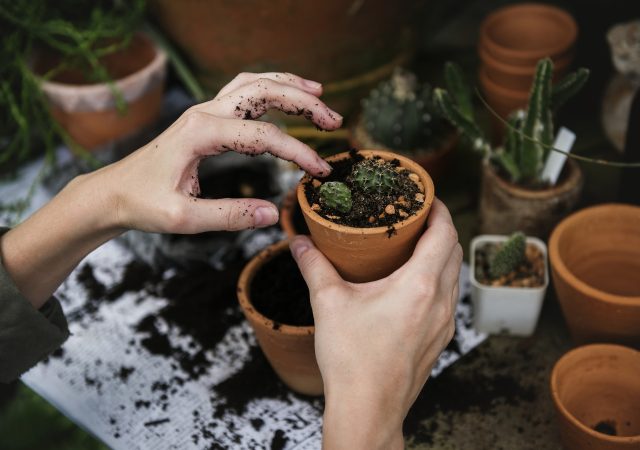
Garden Tips
Whether you are a beginner or veteran gardener, our experts have some how-to tips to keep your garden looking great.
Learn More
Ask an Expert
You have questions, we have answers. Let us know how your gardening experience is going and get expert advice!
Learn More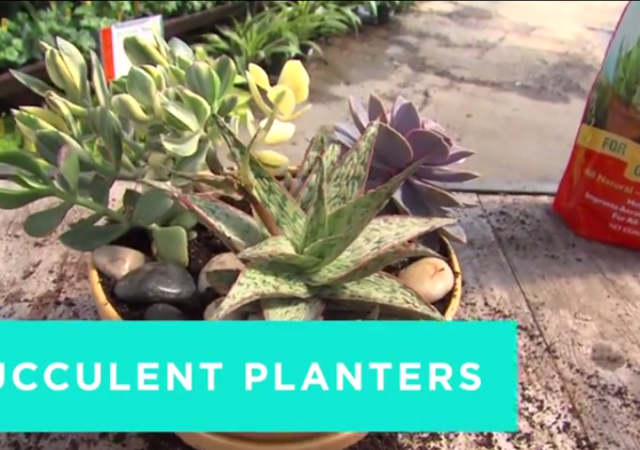
Sunnyside Videos
From patio vegetable gardening to butterfly boulevards to succulent planters, check out our garden center videos!
Learn MoreSunnyside Newsletter
Sign up for the latest sunnyside news, promotions and gardening tips.
Services Let The Experts At Sunnyside Gardens Get Your Yard BBQ Ready
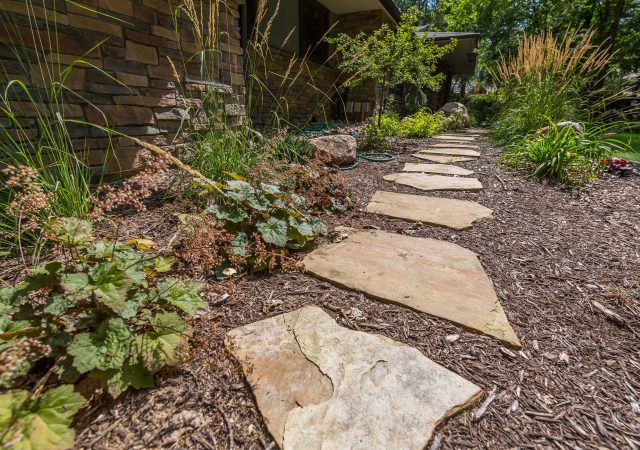
Garden Maintenance
A little care can go a long way. We have an experienced and versatile staff to assist you with seasonal property maintenance.
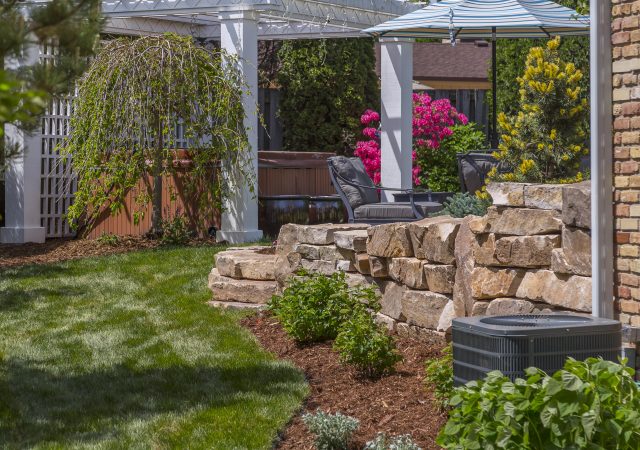
Landscaping
We offer a complete landscape design and installation services. We do it all, so you don’t have to.
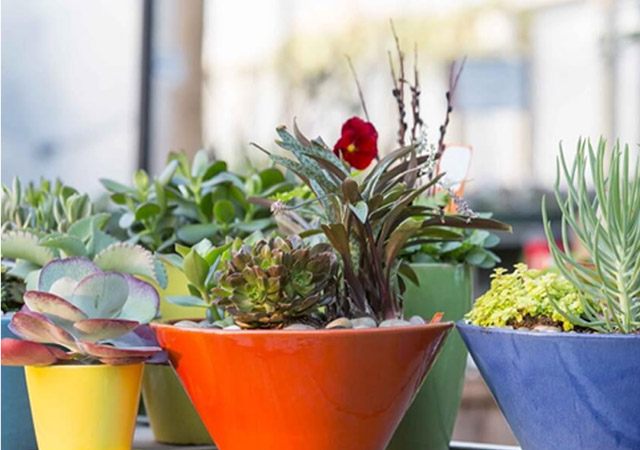
Custom Containers
Our Design team can work with clients to create unique custom containers. In our store or at your home, we have style to share!

